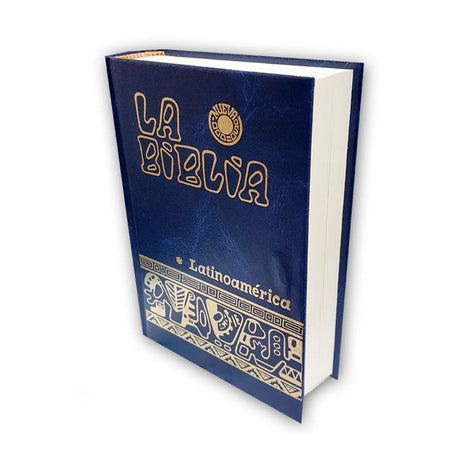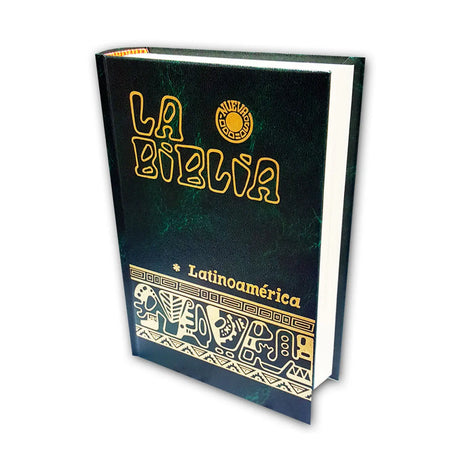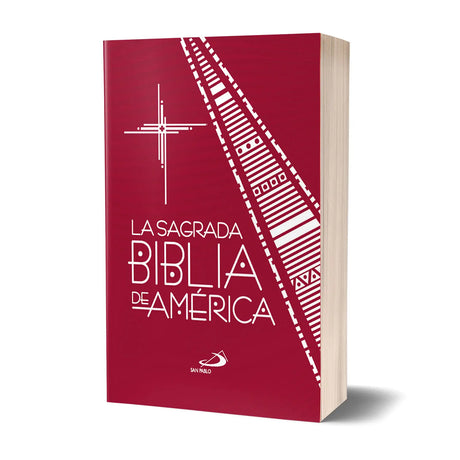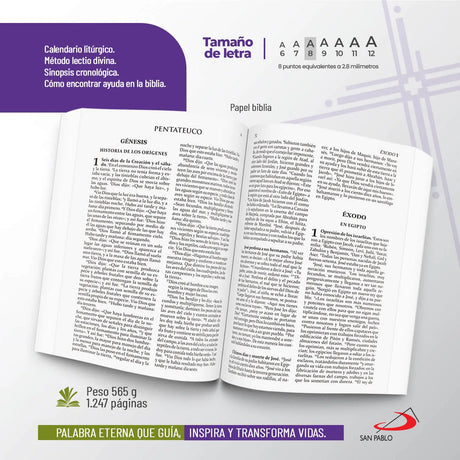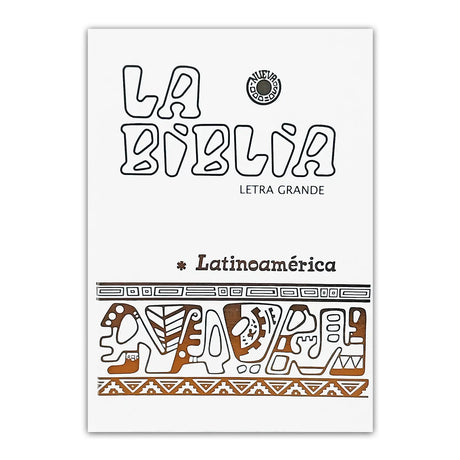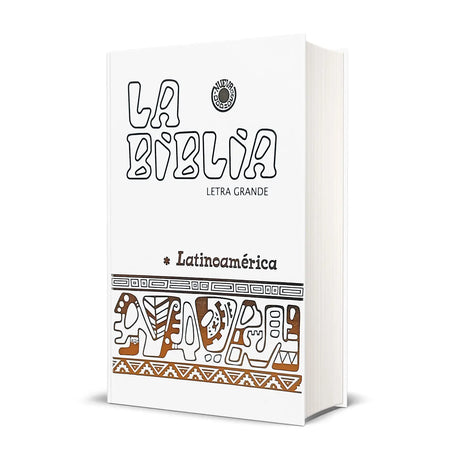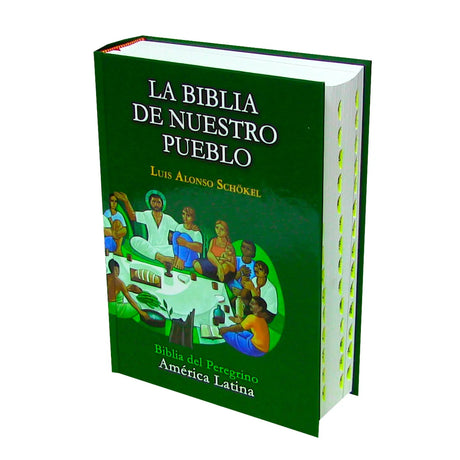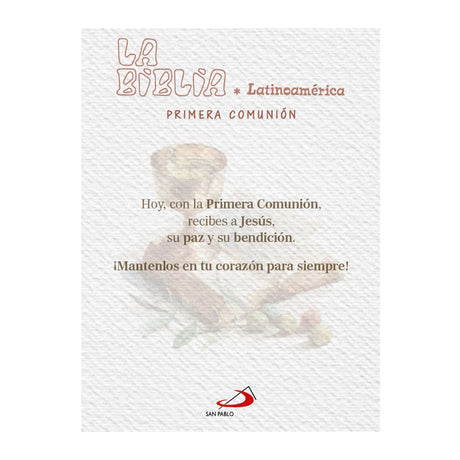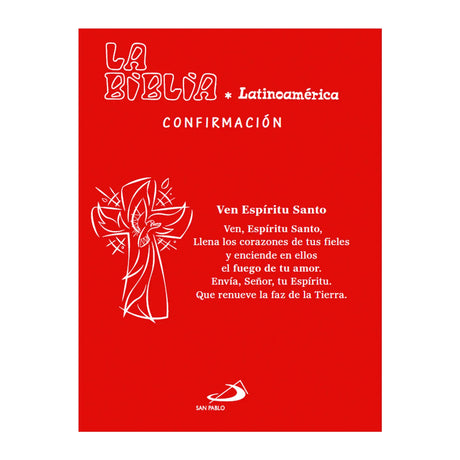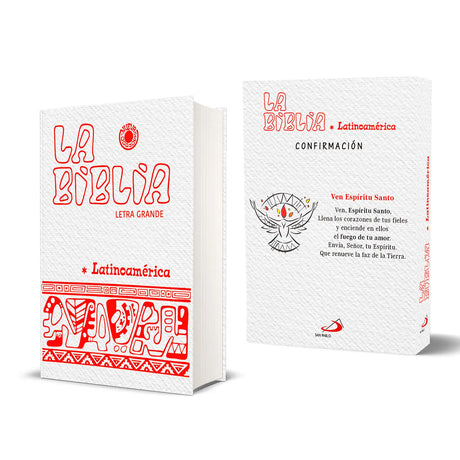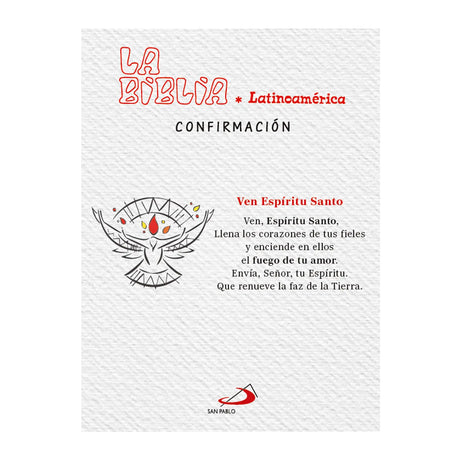Way of the Cross - Devotional Practice of the Church
Way of the Cross - Devotional Practice of the Church is backordered and will ship as soon as it is back in stock.
Couldn't load pickup availability
Format
Format
15 x 21
Delivery and shipping
Delivery and shipping
National shipping to all of Chile.
Description
Description
It is well known that the Way of the Cross comes from Latin and translates as the way of the cross. In some countries, it is known as the Stations of the Cross or Via Dolorosa and consists of 14 stations, which allude to moments of the Lord's Passion. In the practice of this act of piety, the stations contemplate a central core, taken from a passage of the Gospel or from devout Christian tradition, which leads us to meditation and contemplation of the Passion of our Lord. Furthermore, we owe the spread of the Way of the Cross to the Franciscan Order, who are responsible for guarding the holy places in Israel. In fact, they are the ones who establish the fourteen stations in their temples.
This year, SAN PABLO Publishing House revisits the Way of the Cross according to Church tradition, with its fourteen stations, but without forgetting the Resurrection of the Lord as the final station. Although we are aware that some events, such as the three falls, Veronica's veil, and Jesus' encounter with his mother, are not found in the Gospels but rather originate in pious legends or are taken from the apocryphal gospels, we publish this pastoral and devotional resource to motivate and re-enchant the hearts of faithful believers.
It is our desire not to forget the biblical and paschal dimension, and for this reason, we incorporate the event of the Lord's Resurrection, as this is the culmination of the Passion and the triumph of our Lord over death. In this regard, it was Pope Saint John Paul II (1991) who incorporated this final station, the fifteenth, which corresponds to the Resurrection itself.
Praying the Stations of the Cross takes us back to the early years of Christianity, when, in Jerusalem, places related to the life and death of Jesus began to be venerated. Undoubtedly, as believers, we want to preserve this tradition or custom. Perhaps the number of faithful who pray it is decreasing, but as long as there are people who do so—and, moreover, visit the holy places—it reveals to us that faith in Jesus, dead and risen, remains alive.
Once again, we invite every faithful Christian, in this time of preparation for the Lord's Passion, to relive and commemorate, with this exercise of piety, the moments of Our Lord's Passion. Likewise, we do not want them to remain in the "suffering" of what Jesus endured, but rather to be strengthened in their faith and, above all, in their hope, since Our Lord has risen: "Why do you look for the living among the dead? He is not here; he has risen." Remember what he said to you while he was still in Galilee: "The Son of Man must be delivered into the hands of sinners, be crucified, and on the third day rise again" (Luke 24:5-7).
The Author
Author
Author
P. FREDY PEÑA TOBAR TE
Number of pages
Number of pages
51










